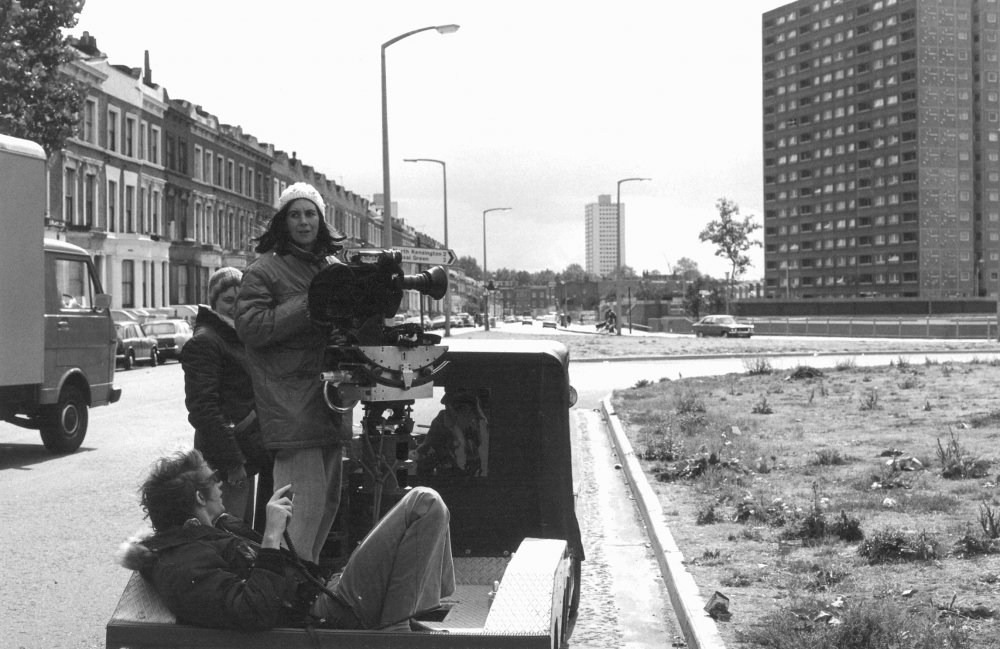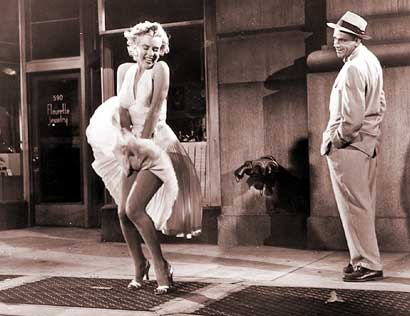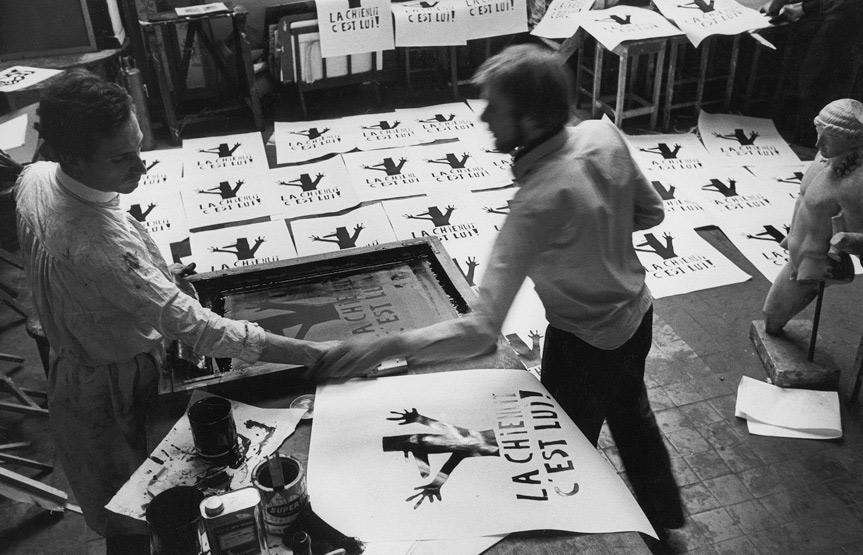Modernist Animation Example
This is a great example of a modernist animation, where Chuck Jones manages to strip his characters down to a straight line and a dot. It uses careful colours and looks very stylish throughout, capturing the modernism approach to art.
The Postmodern
Form (female) follows function (male)
1960s - beginnings
1970s - established as term
1980s - recognisable style
1980s & 90s - dominant theoretical discourse
Today - tired & simmering
There are certain things we are taught through socialisation.
This isn't just modernism, is is society and there is a bias in the way we describe the world and ourselves.
- The history of art and everything really is very very male, they are almost all built with this patriarchal bias.
- Post modern theory and philosophy tries to unpick these biases before it starts to see anything as a truth.
Jacques Derrida - Of Grammatology
- All of western thinking/philosophy has been flawed and all has been based on setting up very simple opposites between things.
- There is always one superior side and one inferior, it's about implicitly judging.
Eg- MAN/WOMAN, WHITE/BLACK, CULTURE/NATURE.
Logocentrism - it's a biased reading used in debating.
Helene Cixous - The Laugh of the Medusa
- All the things we privilege in life, are actually masculine in themselves.
Phallogocentrism - similar to Logocentrism, instead by hidden masculine biases.
Edward Said - Orieltalism
- All the privileged things aren't just masculine they are in fact western and white
Patriarchy relies on people recognising themselves in their own oppression.
This is an animation that I found which basically outlines the feeling of living in a postmodern world, the character seems to be doubtful of the world that surrounds him and the animation relates to culture, literature, fashion and uses metaphors throughout to show it's meaning. I thought it was a good example to show the frustration that people may have felt around this time of a lost world with seemingly no real meaning to it.

















